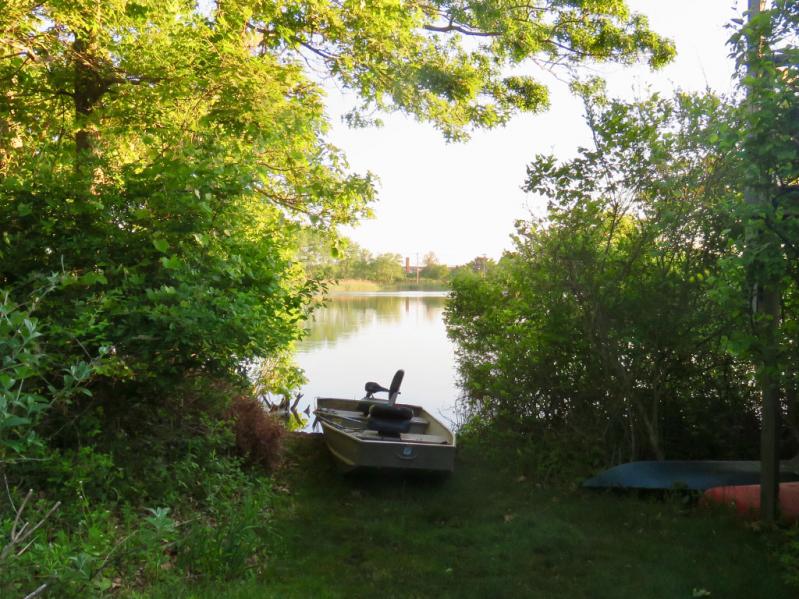Bacteria levels in water bodies surveyed by the Concerned Citizens of Montauk were generally low this week, likely owing to limited rainfall. But eight of 24 sites surveyed in Montauk, Amagansett, Springs, and East Hampton showed medium or high levels of enterococcus.
A sample equal to or greater than 104 entero colony-forming units per 100 milliliters, or cfu, is considered unsafe for swimming, and often follows heavy rains, extreme high tides, and/or warm water temperatures.
At the East Creek at Lake Montauk, an entero level of 2,014 cfu was measured, by far the highest measurement this week. “The tide was quite low at East Creek, which was stagnant and not being flushed,” said Kate Rossi-Snook of C.C.O.M. The West Creek at Lake Montauk was measured at 41 cfu, classified as a medium bacteria level. Enterococcus was not detected at any other sites in the lake.
Tuthill Pond, also in Montauk, saw a high sample at 355 cfu. “There were multiple geese and swans swimming in Tuthill Pond during sampling,” Ms. Rossi-Snook said. Just 10 cfu were measured at Fort Pond by Industrial Road, and the same level was found in Fort Pond Bay at Tuthill Road. “The east side of Napeague Harbor had high bacteria for the second week in a row, which is very curious,” Ms. Rossi-Snook said. The enterococcus level there was 187 cfu.
Also in Amagansett, the beach at Fresh Pond and its creek saw levels of 75 and 74 cfu respectively, classified as medium bacteria levels. At Accabonac Harbor in Springs, high bacteria levels were measured at Louse Point Beach, with 134 cfu, and at the Springs General Store, where 109 cfu were measured. Only 10 cfu were measured at Three Mile Harbor’s Folkstone Drive sample site and the boat ramp at Northwest Creek.
C.C.O.M., in partnership with the Gobler Lab at Stony Brook Southampton, also monitors for toxic cyanobacteria blooms, or blue-green algae, in Fort Pond and Big Reed Pond in Montauk. C.C.O.M. delivers samples to the lab, which shares bloom occurrences online through the New York State Department of Environmental Conservation’s harmful algal bloom notification page.
A cyanobacteria bloom that was detected in Fort Pond in August “appears to be on the decline,” Ms. Rossi-Snook said. “We will continue to test weekly to make sure we don’t see a second wave, but for now the bloom has ended.”
Cyanobacteria levels at 20 micrograms per liter and above are at high risk of a bloom and trigger toxicity testing. The D.E.C. considers a concentration of 25 micrograms per liter and above as a bloom. Levels of 15.93 micrograms per liter were measured at Fort Pond’s Industrial Road sampling site, and 17.14 micrograms per liter at the boat ramp, both indicating medium risk of a bloom. C.C.O.M. will resume testing for enterococcus during the week of Sept. 14 and will continue weekly testing through the month. The group has asked residents and visitors to wait at least a full day before recreating in waters if there has been heavy rain.




